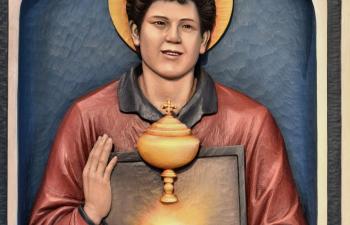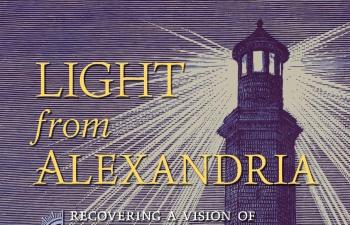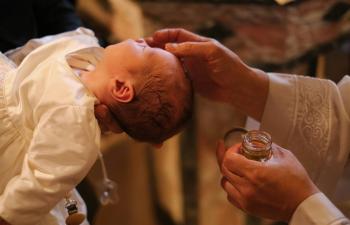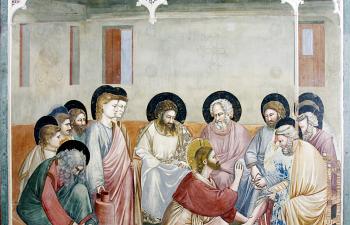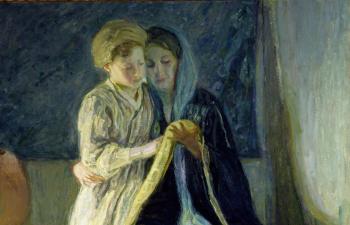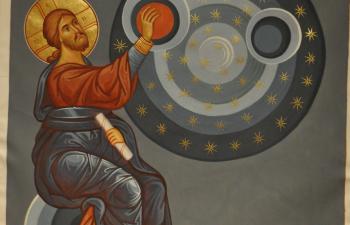In 2004 the Pontifical Council for Culture published, Where is Your God? Responding to the Challenge of Unbelief and Religious Indifference Today. This document deals primarily with unbelief and religious indifference which have secularism as their cause, and a new subjective, emotive religiosity as its consequence. In this article we will explore the problem of this new emotive religiosity and its manifestation in the New Age.
Even though we are surrounded by a culture of unbelief and religious indifference, there is what seems to be a contradictory consequence, namely ‘the rise of a new religiosity’ (Introduction, §2). This is because man is in his very nature a religious being oriented toward God. All people have some sense of the supernatural, how it becomes manifest in their lives is a completely different story. For some, it is not much manifest at all. For others, their sense of the supernatural finds an outlet in such things as astrology, tarot cards, palm reading, and all sorts of New Age type of involvement. It is a fact that involvement in the New Age, ‘by its nature contributes to religious confusion’ (I.2.5).
‘People are searching once again for spirituality…in a whole variety of ways…’ (Towards a Pastoral Approach to Culture, 24). Frequently, however, there is often not a return to traditional religious practices, there ‘…is a search for new ways of living and expressing the religious dimension inherent in paganism’ (Introduction, §2). The Council identifies certain characteristics of the new religiosity of which the catechist must be aware.
First, ‘this ‘spiritual awakening’ is marked by a complete refusal to belong, and the search for an experience which is entirely individual, autonomous and guided by one’s own subjectivity. This instinctive religiosity is more emotive than doctrinal’ (Introduction, §2). There is the mentality of ‘religion yes, God no’ or even ‘religiosity yes, God no,’ at least not a personal God.
The rest of this online article is available for current Guild members.
This article is from The Sower and may be copied for catechetical purposes only. It may not be reprinted in another published work without the permission of Maryvale Institute. Contact [email protected]




